39+ Sample Gap Analysis Reports
-
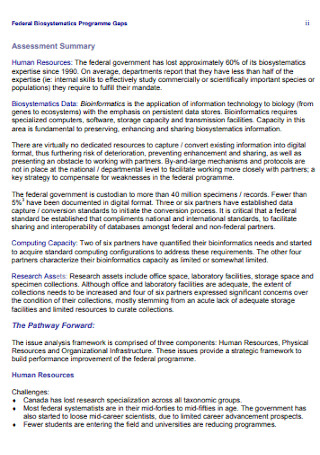
Capacity Gap Analysis Report
download now -
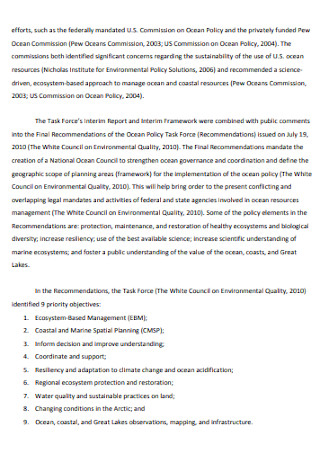
Qualitative Gap Analysis Report
download now -
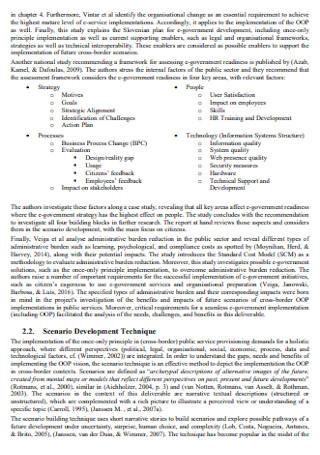
Sample Gap Analysis Report Template
download now -

Research Gap Analysis Report
download now -
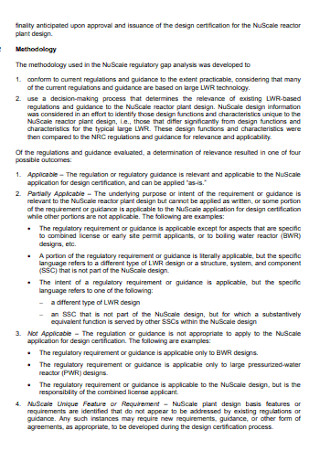
Gap Analysis Summary Report
download now -
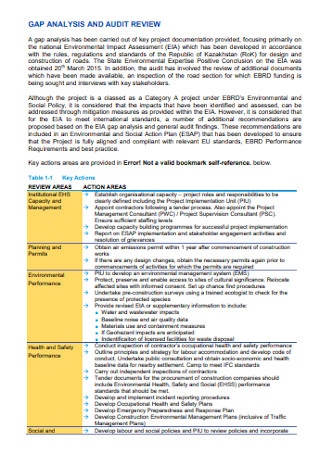
Social Gap Analysis Report Template
download now -
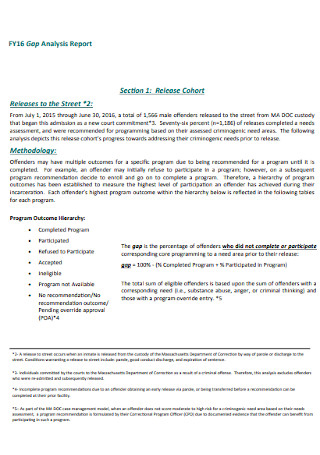
Baisc Gap Analysis Report Template
download now -
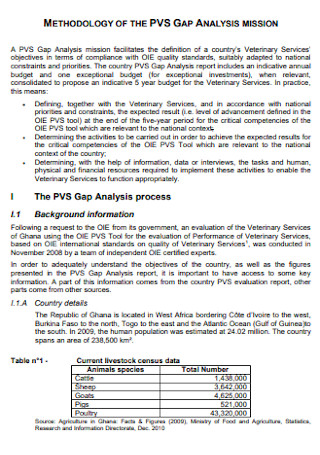
Gap Analysis Mission Report
download now -
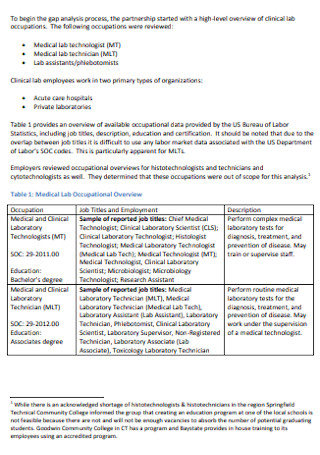
Occupational Gap Analysis Report
download now -
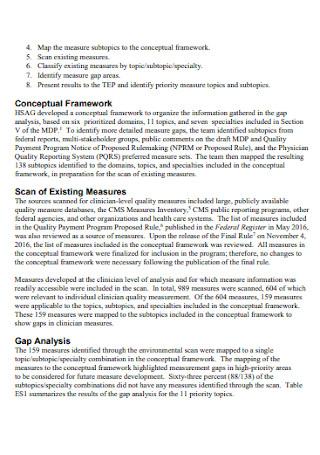
Environmental Scan and Gap Analysis Report
download now -
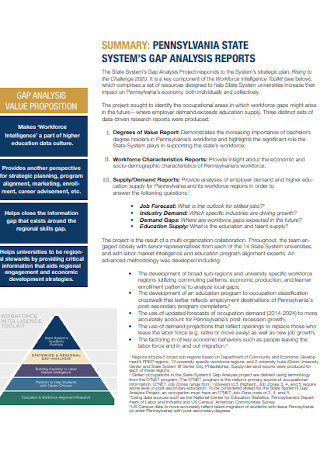
System Gap Analysis Report
download now -
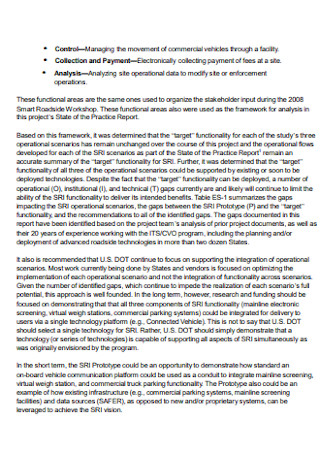
Initiative Gap Analysis Report
download now -
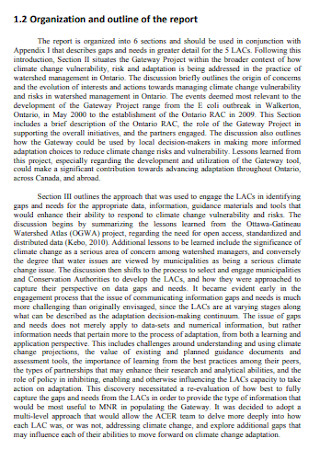
Gap Analysis Project Report
download now -
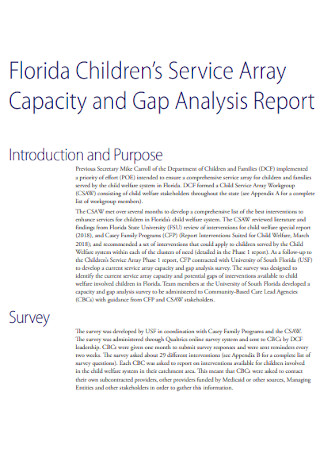
Capacity and Gap Analysis Report Template
download now -
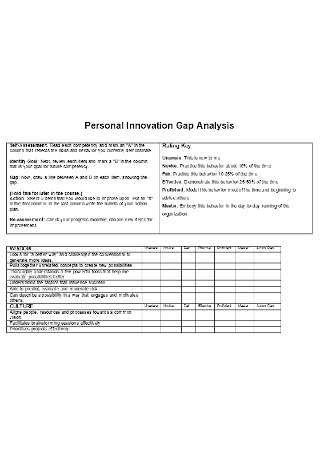
Personal Innovation Gap Analysis
download now -
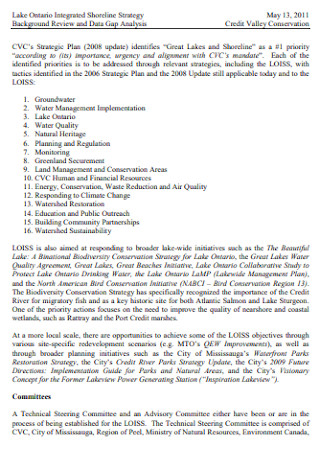
Data Gap Analysis Report
download now -
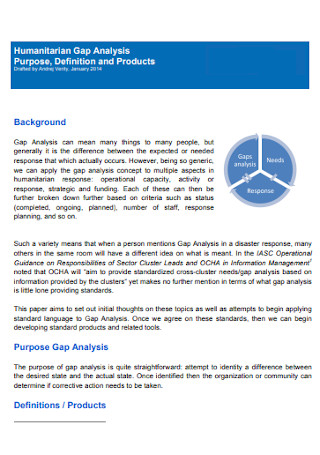
Humanitarian Gap Analysis Report
download now -
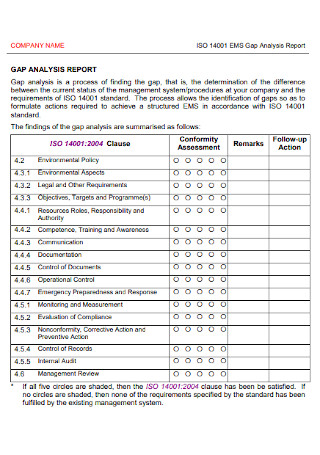
Company Gap Analysis Report
download now -
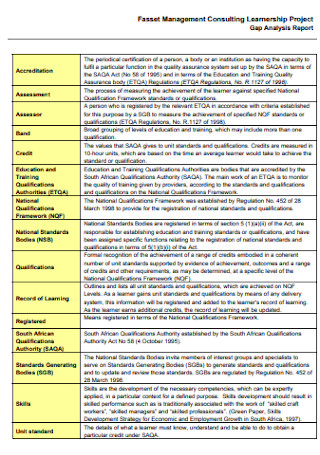
Project Gap Analysis Report Template
download now -
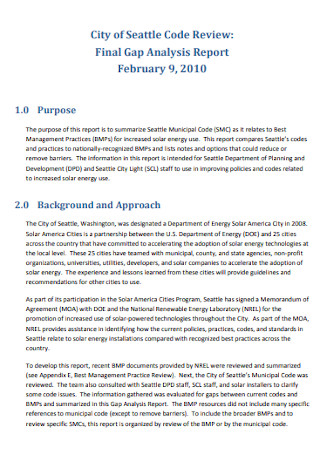
Final Gap Analysis Report
download now -
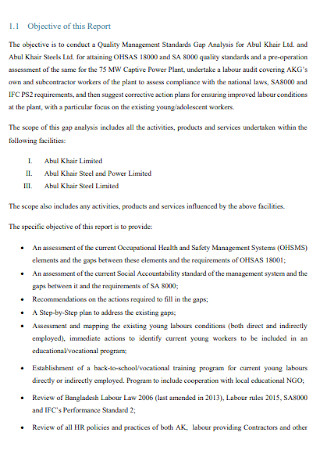
Standards Quality Gap Analysis Report
download now -
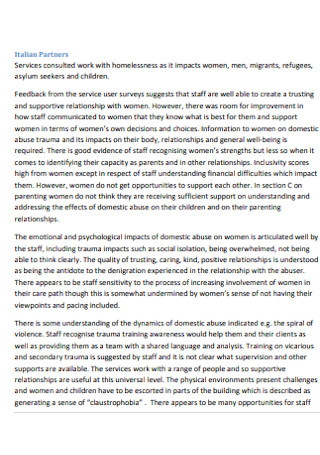
Assessment and Gap Analysis Report
download now -
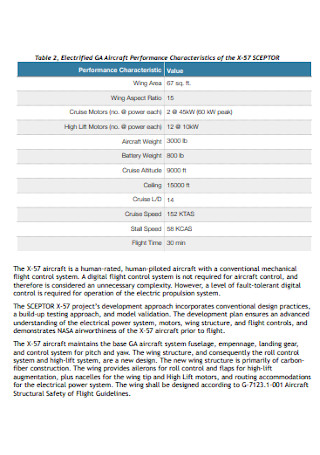
Certification Gap Analysis Report
download now -
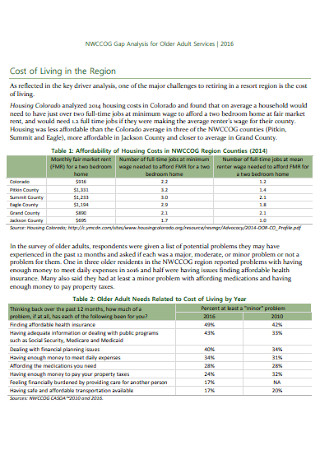
Gap Analysis Report for Older Adult
download now -
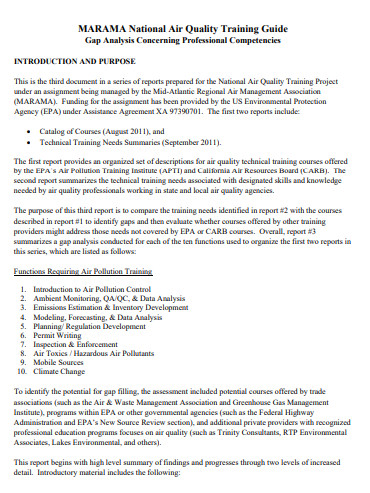
Training Gap Analysis Report
download now -
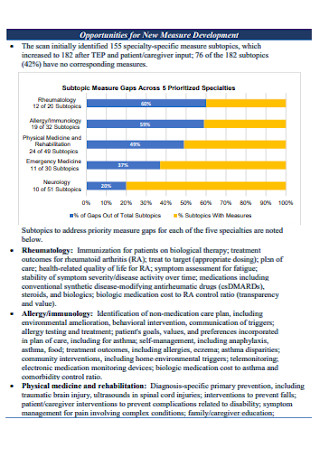
Gap Analysis Report Example
download now -
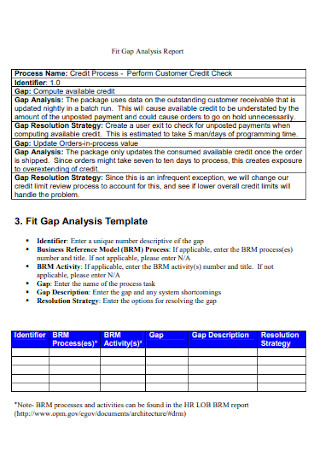
Fit Gap Analysis Report
download now -
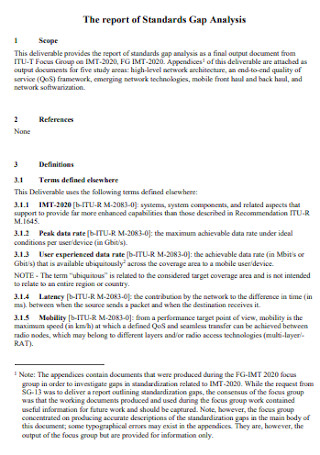
Standards Gap Analysis Report Example
download now -
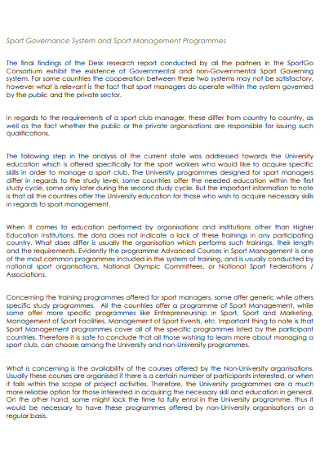
Training Needs and Gap Analysis Report
download now -
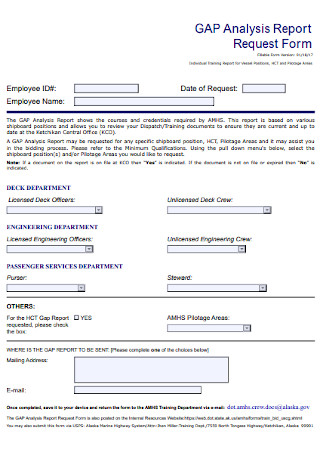
Gap Analysis Report Request Form
download now -
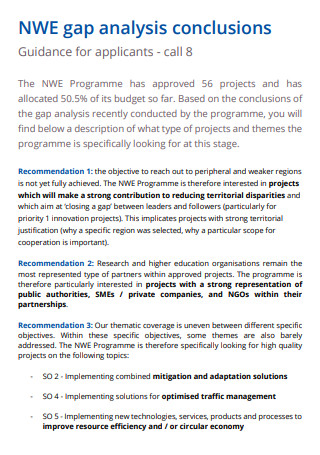
Gap Analysis Conclusions Template
download now -
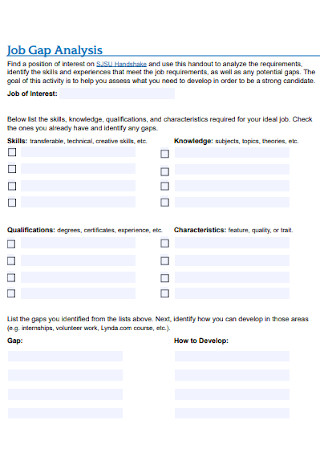
Job Gap Analysis
download now -
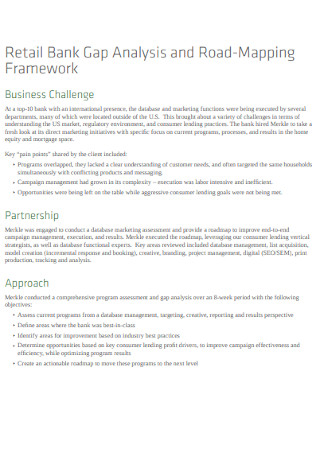
Retail Bank Gap Analysis
download now -

Skilled Trades Gap Analysis Report
download now -
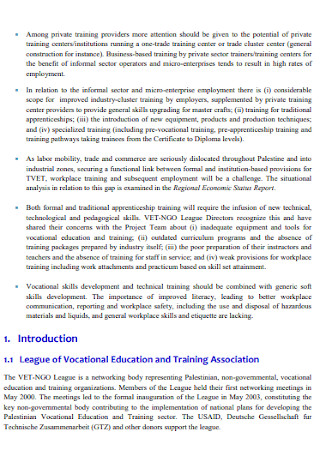
Education Gap Analysis Report
download now -
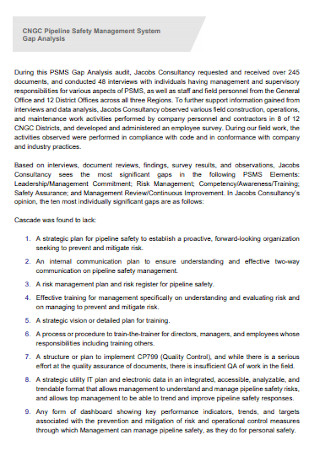
Safety Gap Analysis Report
download now -
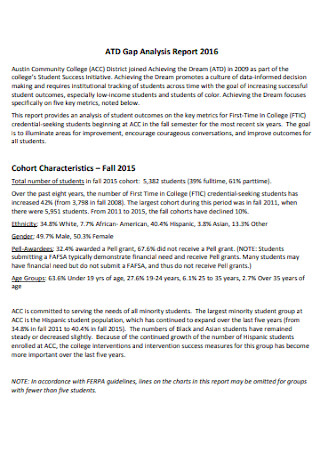
Community College Gap Analysis Report
download now -
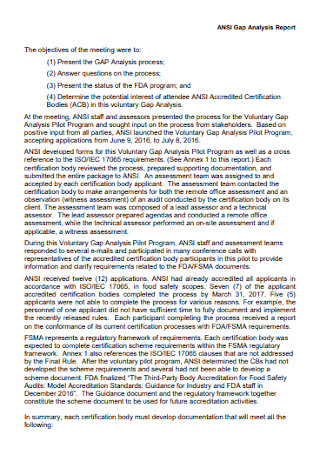
Pilot Gap Analysis Report
download now -

Small Business Gap Analysis Report
download now -
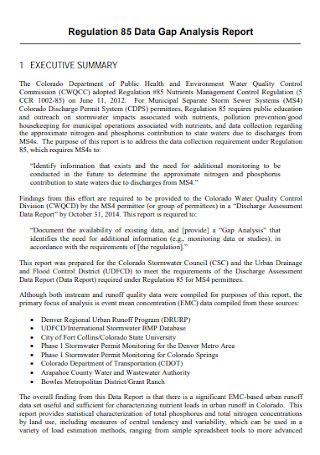
Data Gap Analysis Report Template
download now
FREE Gap Analysis Report s to Download
39+ Sample Gap Analysis Reports
What is a Gap Analysis Report?
Different Types of Gap Analysis Reports
How to Write a Gap Analysis Report
FAQs
What are some examples of gap analysis reports?
What are the essential components of a gap analysis?
Why do businesses and organizations use a gap analysis?
How to perform a comprehensive gap analysis?
What is a Gap Analysis Report?
A gap analysis report is an accurate and detailed assessment or evaluation report that shows a comparative analysis of the actual or real-time performance of a business, employee, product, or project against the desired performance or anticipated outcome. Also known as needs analysis report, it is one of the important business documents used by many business analysts, project managers, process improvement teams, and operational management teams to record valuable information from the gap analysis performed for wide-ranging scenarios such as for individual employee assessment, new product launch, sales performance, supply management, and technical product evaluation.
According to McKinsey & Company, around 87% of businesses and organizations around the world are mindful that they either already have a skills gap analysis or will have one within two to five years. A skills gap exists when there is a bridge between the skills that business and organizations need from their employees and teams, and those that are actually accessible from the workers. Thus, all types of business analysts, market analysts, operational managers, project team leaders, software engineers, product developers, and other organizational management professionals in various fields and sectors must be able to record and analyze their businesses, employees, projects, products, and processes through an all-inclusive gap analysis report.
Different Types of Gap Analysis Reports
Performing an effective gap analysis is a significant method to determine if your efforts are being optimized as you delve into historical performance and inputs for performance. Companies developed strategic plans while using gap analysis to detect and review their performance deficiencies in their funding, marketing, and operations. There are various gap analysis reports that companies and organizations use for extensive purposes. What are the different types of gap analysis reports used by project managers and analysts?
1. Capacity Gap Analysis Report
A capacity gap analysis report is a functional document that outlines crucial information regarding the capacity gaps of a business, government agency, or institution that will be assessed and documented. The framework of this gap analysis report is comprised of major analytical details about human resources, physical resources, and organizational infrastructure, as well as computing capacity and research assets. It also states certain issues that need to be addressed to establish performance improvement of the business or program.
2. Research Gap Analysis Report
Do you have a research gap or a research problem that has not been solved by any of the current research studies? Researchers typically make a research gap analysis report to determine and investigate research gaps and record their in-depth research and analysis work. They use some strategies such as observing the conclusion section of existing studies on the topic, and reading meta-analyses, literature reviews, and systematic reviews related to the topic. Some examples of research topics that usually have gaps are disability and new aid instruments, education, and disasters and post-conflict situations.
3. Employee Gap Analysis Report
Another statistical report by McKinsey & Company shows that businesses and organizations that realign their human resource (HR) processes to correspond skill needs can advance employee engagement by 50%, decrease training and development program costs by 50%, and boost work productivity by 40%. An employee gap analysis report or training gap analysis report is used along training needs assessment survey to pinpoint critical skills of employees, set future goals and aspirations, and determine gaps to close, especially to document and analyze their strengths and weaknesses for insights.
4. Organizational Gap Analysis Report
One of the most used gap analysis reports is an organizational gap analysis report. It contains essential information about effective ways in which a business or organization improves its performance. They define the gaps that exist between current performance and a standard model or benchmark established by a similar business or organization. Some of the common tools they used for making comparisons are customer service gap analysis, self-assessment checklists, and performance evaluation forms.
Benefits of Gap Analysis Report
A PwC Global survey report stated that 77% of workers are determined and willing to learn new skills or completely retrain, while 46% of postgraduate individuals mention that their employer provides them meaningful opportunities to upgrade their digital skills. With a comprehensive feedback evaluation and a complete gap analysis report, employers and managers can identify the specific needs of their employees when it comes to upskilling or reskilling to close the skills gap. What are the benefits of using a gap analysis report?
How to Write a Gap Analysis Report
Look at the current state of affairs of your business firm or corporate firm and compare it to where you want your company to be while writing a gap analysis report and make a project plan proposal to fill in the gaps. Are you having difficulties in crafting a simple yet compelling gap analysis report? Take note of the following steps to complete a comprehensive gap analysis report.
Step 1: Determine Needs and Problems While Setting Goals
You need to determine the needs of your business, brand, employee, product, or project and identify the focus areas to be analyzed. Figure out why your business or organization is not reaching its output target or desired result. Explore the possible causes that contributed to targets but being accomplished and suggest how to eliminate the causes of the problems effectively.
Step 2: Set the Ideal Future State and Analyze the Current Performance
Consider establishing your desired outcome or ideal future state for your business, product, service, or organization. Then, examine the causes contributed to the main goals and objectives being overlooked. For example, check if your employees and management team are trained properly enough.
Step 3: Develop a Comparative Analysis
While preparing your gap analysis report, it is very crucial to construct a basic comparative analysis of the present performance and ideal state. Bridge the two components and understand their most critical differences. Select a specific gap analysis framework and use it for your gap analysis. Some common examples of gap analysis frameworks are McKinsey 7Ss framework, Nadler-Tushman congruence framework, SWOT analysis framework, PESTEL framework, and Fishbone framework.
Step 4: Describe Factors, Actions, Solutions, and Remedies
Identify the factors involved in your gap analysis that immensely affect your business or organization. Then, indicate the action steps to be implemented in solving the issues. Also, explain other remedies to solve the issues and close the gaps. Be accurate and specific while telling the readers of your report how you will address all the gaps.
Step 5: Proofread and Revise the Report
Carefully review your gap analysis report for the mont, quarter, or year. Include all the key elements in your gap analysis report form. If you see that you forget some parts that need more points, proofread and revise the entire gap analysis report right away.
Step 6: Finalize the Gap Analysis Report
When you’re done proofreading and revising the gap analysis report, now is the right time to finalize the gap analysis report. Add several important notes and other performance appraisals that you need to inform your target audience such as employees, project managers, software developers, and engineers in the last section of your gap analysis performance report.
FAQs
Some examples of gap analysis reports are capacity gap analysis reports, qualitative gap analysis reports, research gap analysis reports, gap analysis summary reports, social gap analysis reports, gap analysis mission reports, occupational gap analysis reports, small business gap analysis reports, data gap analysis report, assessment gap analysis report, training gap analysis reports.
The essential components of a gap analysis are focus areas to be analyzed, goals and objectives, ideal future state or desired performance, analysis of the current performance, comparison of the current and ideal performance, and description of the gap.
Many businesses and organizations use a gap analysis for benchmarking, portfolio analysis, profits, processes, performance indicators, and usage gaps. They conduct a gap analysis to compare results against external criteria, scrutinize their product portfolio to search for new sales opportunities, determine what went wrong in their forecast profit percentage, and demonstrate the shortcomings of processes. Plus, a gap analysis can help them to see and realize why they are not reaching their optimal potential.
When performing a comprehensive gap analysis, it is essential that you figure out the area to be examined and specify the goals to be fulfilled. Then, set the ideal future state or performance and analyze the current state of your business or project. Next, make a comparison of the current performance with the desired performance. After that, explain the gap and quantify the difference. Lastly, consider what should be changed and think carefully about what steps must be taken to fix things or bridge the gaps.
Thus, it is integral to carefully consider which specific areas, items, and processes to focus on when performing gap analysis, as well as to make sure that you have specific, measurable, achievable, relevant, and time-bound goals or SMART goals. Creating a clear and well-structured gap analysis report for your business, employees, project, and organization is a beneficial method in determining if they meet desired expectations while utilizing their resources efficiently. We have a diverse collection of sample gap analysis report templates such as employee gap analysis forms, data gap analysis reports, small business joint assessment gap analysis reports, and many others.
What are some examples of gap analysis reports?
What are the essential components of a gap analysis?
Why do businesses and organizations use a gap analysis?
How to perform a comprehensive gap analysis?
